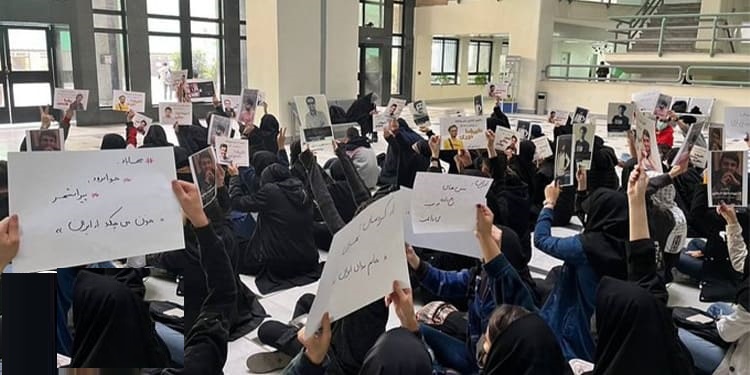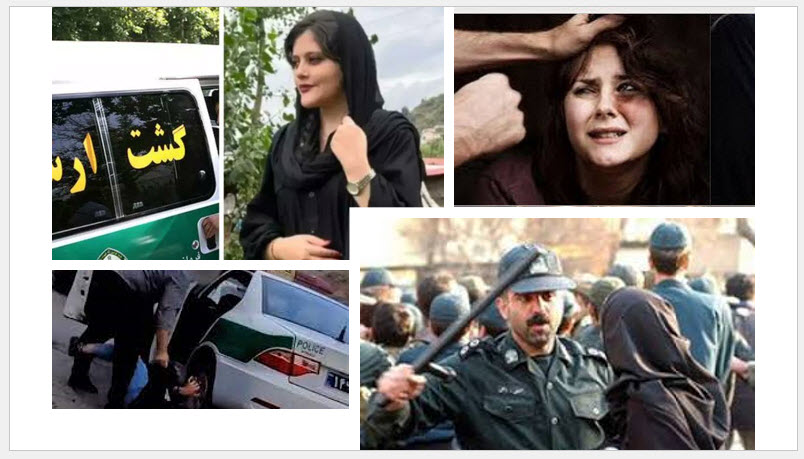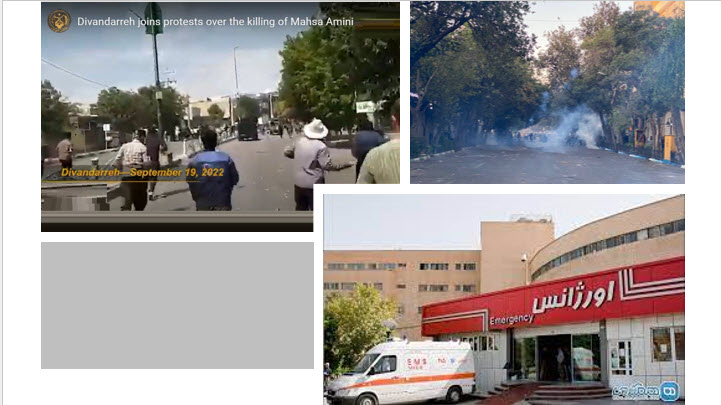
On the eve of the International Day for the Elimination of Violence Against Women, we take a look back at what has happened to women in Iran since November 25, 2021. In addition to child marriages, which were already widespread in Iran, the country witnessed an increase in honor killings and femicides. Mona Heydari’s horrific murder on February 5, 2022, drew international attention to the injustice and violence against Iranian women.
It also drew attention to the fact that Iran’s tragic rise in honor killings is rooted in misogyny and a patriarchal culture that has been institutionalized in-laws and, as a result, in society.
This year, however, the world is getting a sense of state-sponsored violence against Iranian women and what it really means, thanks to the public outrage and protests that followed the arbitrary murder of Mahsa Amini by vice patrols.
Raisi ordered the re-implementation of a 2005 plan to enforce the compulsory veil on July 5, 2022. Thus, the crackdown on women reached an all-time high in early July, affecting all aspects of women’s lives.

At least 27 ministries, state agencies, and organizations were already working to enforce the Hijab requirement. Troops were given permission to “fire at will” in order to enforce the mandatory Hijab. The government also ordered the public sector, including banks, hospitals, medical services, metro stations, airports, and shopping malls, to stop serving “improperly veiled women.”
The regime threatened employers, hospital directors, office managers, and business owners with punishment if their female employees did not follow the official mandatory dress code. Their stores would be shut down.
The tragic death of Mahsa Amini sparked a revolution
Vice patrols stopped Mahsa Amini and her brother on the street in Tehran on September 13, 2022. Mahsa ignored the Morality Police warning and refused to cooperate. The patrols summoned their superior, and they pushed her into a van with brute force.
Some claim that the police chief slapped her so hard that she fell to the ground and hit her head on a curb stone. Others claim she was beaten with batons repeatedly to the head in the van. She was placed in a coma two hours later and taken to Kasra Hospital. Her skull had fractured, and she had suffered a brain hemorrhage, according to CT scans later revealed by hospital staff.

Women who oppose the mullahs’ repressive regime and lead protests on Iran’s streets face even harsher treatment. During the demonstrations, dozens of young women were killed by baton blows. In the days of activism to end violence against women, we will address this issue in one of our future articles.

MEK Iran (follow us on Twitter and Facebook), Maryam Rajavi’s on her site, Twitter & Facebook, NCRI (Twitter & Facebook), and People’s Mojahedin Organization of Iran – MEK IRAN – YouTub







